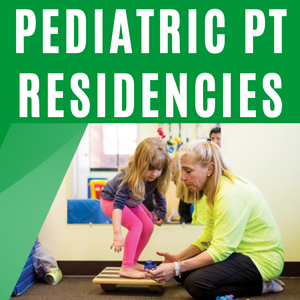Back
Partnering with Pediatricians: Early Identification of Developmental Delay in High-risk Infants

Alison Queralt, PT DPT (she/her/hers)
Pediatric Physical Therapist
College of St. Scholastica
Austin, Texas, United States
Purpose: The population of high-risk infants is increasing due to biological and environmental factors. Despite the corresponding greater need for early identification of developmental delay, pediatricians find themselves limited in the time and resources necessary to complete the recommended screenings and surveillance. Additionally, the subtle qualitative movement challenges often are difficult to identify. As a result, identification of developmental delay is hindered, leading to delayed referrals to therapy, poor school readiness, and long-term sequela of motor delay. Beyond identification, navigating early intervention (EI) eligibility, educating families about EI, and monitoring therapy services received are additional burdens on already time-restricted pediatricians. Physical therapists (PTs) can be critical players in primary pediatric care due to their expertise in movement and function. This special interest project presents a timely, innovative collaboration between PTs and pediatricians in a primary care setting.
Description: PTs and pediatricians would partner to create a multidisciplinary medical home for the patient and family in this program. In this presentation, I will discuss (1) current practices of pediatricians regarding developmental surveillance and screening, (2) PTs' role in pediatric primary care, (3) the importance of early intervention (EI) services for school readiness (3) barriers of EI services (4) screenings recommended for identification or prediction of developmental delay and measurement of movement quality for ages 0-3 and (5) multidisciplinary models of care.
Summary of Use: This program aims to identify and address subtle movement challenges and developmental delays early via an innovative family-centered collaborative care program focusing on high-risk infants in the primary pediatric care setting. PTs can decrease therapy needs during school years and improve school readiness through this program while empowering families with education. The result would be:
• Identifying subtle development delays and poor movement quality earlier than nine months of age.
• Increasing parent knowledge and participation in the therapeutic care of their child through education in handling, play, and anticipated developmental milestones.
• Improving school readiness and decreasing therapy needs during school-age for high-risk infants.
Importance to Members: Pediatric physical therapists can play an essential role in primary pediatric care through screening and education, decreasing the need for long-term therapy services, and preventing long-term sequela from delayed therapy services.
Description: PTs and pediatricians would partner to create a multidisciplinary medical home for the patient and family in this program. In this presentation, I will discuss (1) current practices of pediatricians regarding developmental surveillance and screening, (2) PTs' role in pediatric primary care, (3) the importance of early intervention (EI) services for school readiness (3) barriers of EI services (4) screenings recommended for identification or prediction of developmental delay and measurement of movement quality for ages 0-3 and (5) multidisciplinary models of care.
Summary of Use: This program aims to identify and address subtle movement challenges and developmental delays early via an innovative family-centered collaborative care program focusing on high-risk infants in the primary pediatric care setting. PTs can decrease therapy needs during school years and improve school readiness through this program while empowering families with education. The result would be:
• Identifying subtle development delays and poor movement quality earlier than nine months of age.
• Increasing parent knowledge and participation in the therapeutic care of their child through education in handling, play, and anticipated developmental milestones.
• Improving school readiness and decreasing therapy needs during school-age for high-risk infants.
Importance to Members: Pediatric physical therapists can play an essential role in primary pediatric care through screening and education, decreasing the need for long-term therapy services, and preventing long-term sequela from delayed therapy services.

.png)
.jpg)
.png)
.png)
.png)
.png)
